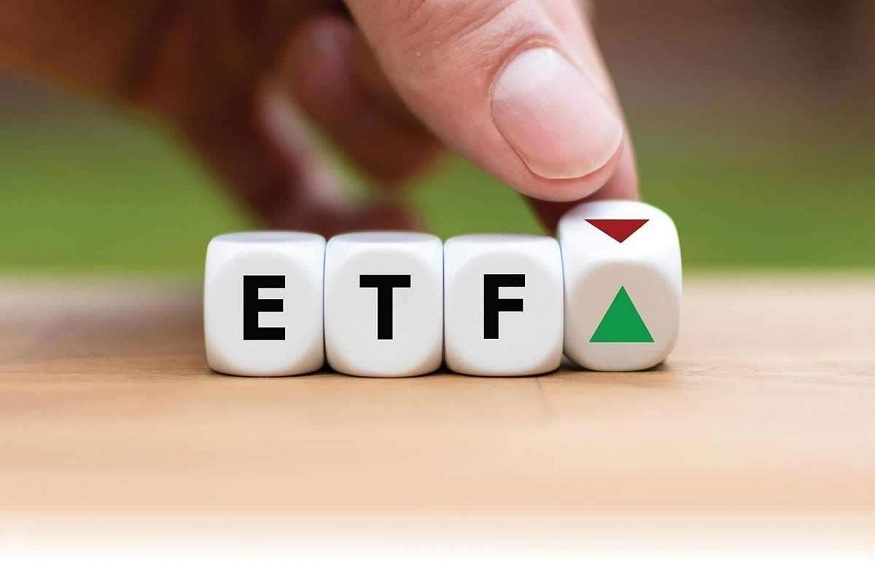
Are you an investor looking to explore different investment avenues? If so, exchange-traded funds (ETFs) can be valuable to your portfolio. ETFs provide an opportunity to invest in a diversified portfolio of securities while offering the flexibility and liquidity of trading on the stock exchange.
What is an exchange-traded fund (ETF)?
An ETF is a type of investment fund that is traded on stock exchanges, just like individual stocks. It combines the funds of several investors to invest in a wide range of securities, including bonds, stocks, commodities, or a mix of different assets.
Strategies when it comes to investing in ETFs
Define your investment goals:
Before investing in ETFs, it’s crucial to define your investment goals. Are you looking for long-term growth, regular income, or capital preservation? The ETFs you should consider will depend on your investment goals. For example, if you seek growth, you might choose equity-based ETFs, while income-focused investors may opt for bond or dividend ETFs.
Determine your risk tolerance:
Assessing your risk tolerance is essential in constructing your ETF portfolio. ETFs can be designed to cater to different risk profiles. If you have a higher risk tolerance and are comfortable with market fluctuations, consider investing in sector-specific or international ETFs. Also, broad-based index or fixed-income ETFs might be more suitable if you prefer a more conservative approach.
Asset allocation:
One of the critical strategies in ETF investing is asset allocation. Determine how much of your portfolio you want to allocate to various asset classes, such as equities, fixed income, or commodities. The choice you make will be based on your willingness to take risks, how long you plan to invest, and the current market situation. To lower risk and increase potential earnings, diversifying your investments across various asset classes is recommended.
Research the underlying index:
Since ETFs aim to track a specific index, it is crucial to research and understand the composition of the underlying index. Evaluate the companies or securities included in the index and their sectoral distribution. This information will give you insights into the potential risks and returns associated with the ETF.
Liquidity and trading volume:
ETFs are known for their liquidity, allowing investors to buy or sell units on the stock exchange throughout the trading day. However, investing in ETFs with sufficient trading volume is advisable to ensure the efficient execution of trades. Higher trading volume generally indicates better liquidity and narrower bid-ask spreads.
Consider systematic investment plans (SIPs):
Systematic Investment Plans (SIPs) can be an effective strategy for investors seeking long-term wealth creation. Many ETF providers offer SIPs, allowing investors to contribute a fixed amount regularly. You can benefit from rupee-cost averaging by investing a fixed sum at regular intervals. This strategy helps mitigate the impact of market volatility and allows you to accumulate more units during market downturns.
Monitor and rebalance your portfolio:
Regularly monitoring your ETF portfolio is crucial to ensure it remains aligned with your investment objectives. Rebalance your portfolio periodically to maintain the desired asset allocation. Market conditions and asset class performances may cause deviations from your original allocation. Rebalancing involves selling overperforming assets and buying underperforming ones to restore the desired balance.
To wrap up
Exchange-traded funds (ETFs) have revolutionized the investment landscape, providing Indian investors a cost-effective and flexible way to access a wide range of assets. With the right strategies and a disciplined approach, ETFs can play a valuable role in your investment journey, offering long-term growth and diversification potential.

